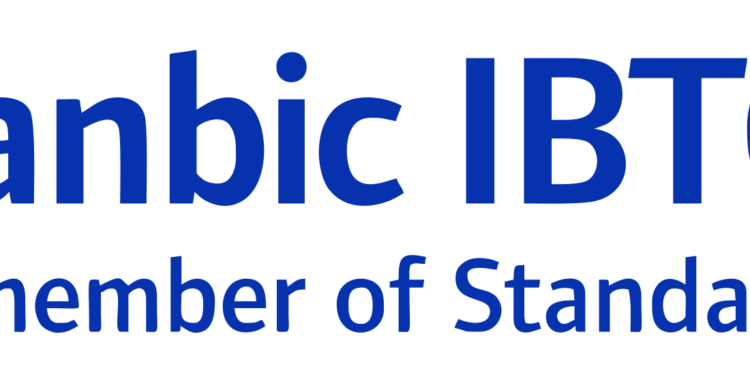The nascent growth in the Nigerian private sector seen at the end of 2024 was sustained into the first month of 2025, with new orders and business activity continuing to rise. Moreover, there was a large improvement in business confidence while firms expanded employment, purchasing, and inventories. Although input costs and output prices continued to increase rapidly, respective rates of inflation were much slower than seen in December.
The headline figure derived from the survey is the Stanbic IBTC Purchasing Managers’ Index™ (PMI®). Readings above 50.0 signal an improvement in business conditions on the previous month, while readings below 50.0 show a deterioration. The headline PMI posted 52.0 in January, down from 52.7 in December but still above the 50.0 no-change mark and therefore signalling a second successive monthly improvement in the health of the Nigerian private sector. Business activity rose solidly in January, after having returned to growth in December. That said, the rate of expansion eased from the previous month. Activity increased across three of the four monitored sectors, the exception being wholesale & retail.
Muyiwa Oni, Head of Equity Research West Africa at Stanbic IBTC Bank commented: “Nigeria’s private sector activity sustained its improvement in January 2025, albeit lower than levels seen in December 2024. We note an increase in both output (53.7 vs December 2024: 54.8) and new orders (52.6 vs December 2024: 53.2) although slightly weaker than that seen at the end of 2024, on account of improving customer demand and more willingness to commit to new projects. Given the rising new orders, companies took on additional workers in January – representing the second month running in which this has been the case. “Elsewhere, input prices increased at a slower pace while the pace of increase in output prices is the slowest since July 2024.
Headline inflation averaged 33.18% y/y in 2024 from an average of 24.52% y/y in 2023 mostly driven by significant FX depreciation; renewed petrol price increases in line with full petrol price liberalization; structurally low food supplies exacerbated by high extreme weather conditions; and increased food demand, especially during the festive season. We expect a moderation in the inflation rate in 2025 although the pace of the moderation is only likely to be faster in late Q3:25. Notably, we expect headline inflation to average 30.5% y/y in 2025 and end the year at 27.1% y/y. “In 2025, we project the non-oil sector to grow by 3.2% y/y from an estimated 3.0% y/y in 2024. Growth is likely to pick up across manufacturing and trade, while ICT and finance & insurance should continue to play a big role in economic performance. However, agriculture will likely still lag its long-term average amid lingering internal security challenges, high input costs, and extreme weather conditions. Within the manufacturing sector, cement, food and chemicals & pharmaceutical products are key sub-sectors that have been exceeding the manufacturing sector’s growth since Q4:22.”
Signs of improving customer demand and a greater willingness among clients to commit to new projects supported the rise in output and also contributed to growth of new orders. As was the case with activity, new business increased for the second month running, but at a softer pace than in December. Companies were also much more optimistic regarding the future in January, with business expansion plans and marketing activities set to support output growth over the coming year. Although remaining relatively muted overall, the uplift in sentiment seen at the start of the year was the largest since the survey began just over 11 years ago.
There were signs of inflationary pressures softening in January. Although rates of increase in both input costs and output prices remained elevated, in both cases the rises were much weaker than seen in December. Overall input price inflation was the slowest since April 2024, while charges increased at the weakest pace in six months. Efforts to satisfy customer requirements in a timely manner led companies to expand their staffing levels, purchasing activity and inventory holdings at the start of the year. In each case, the rises were the second in as many months. In particular, the accumulation of stocks of purchases was the most pronounced in just over a year-and-a-half. The attempts to get through projects quickly meant that firms were more successful in depleting backlogs of work, which decreased at a solid pace that was the most pronounced since June 2022. Finally, suppliers’ delivery times continued to shorten amid good arrangements with vendors and prompt payments.





